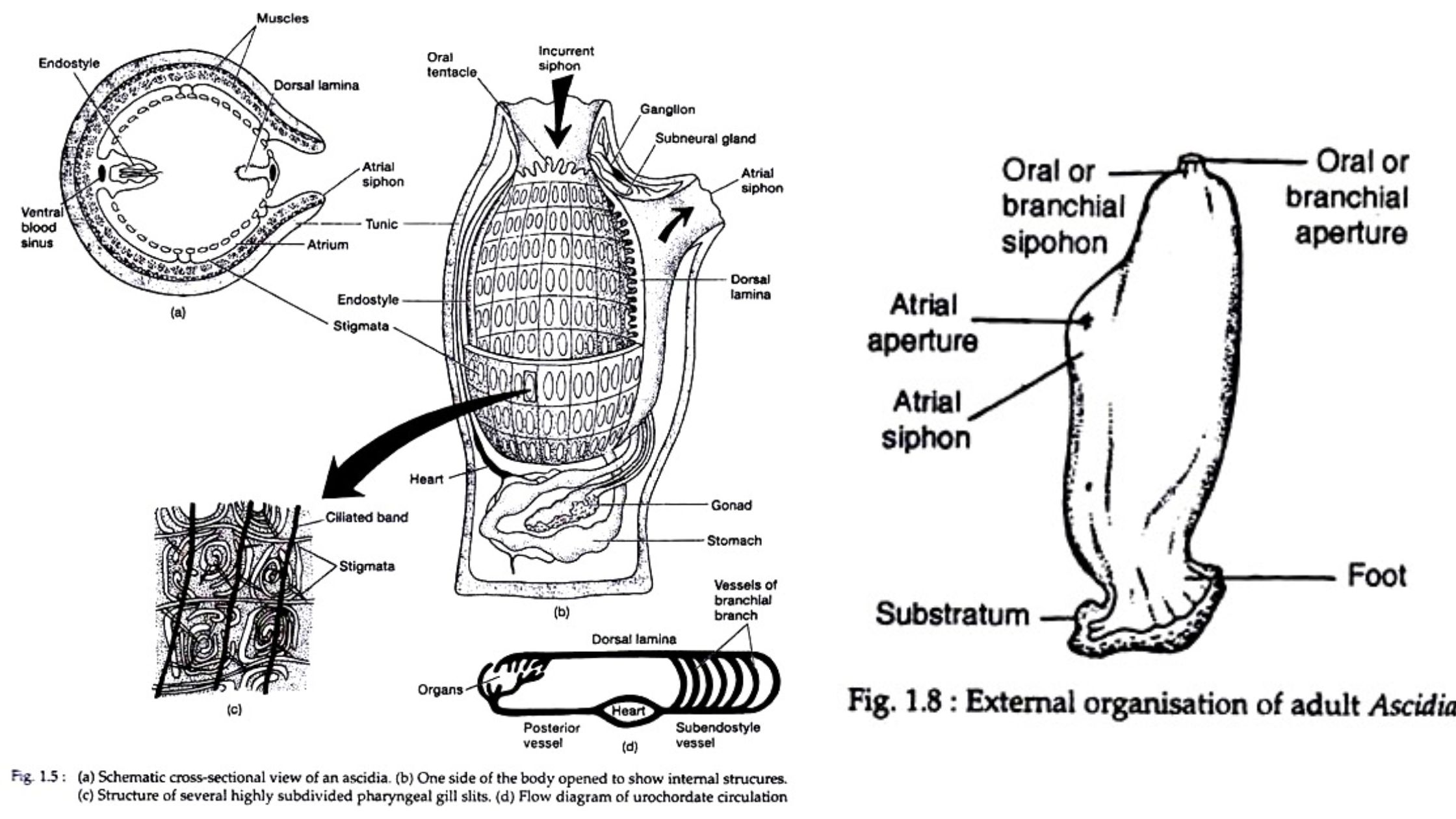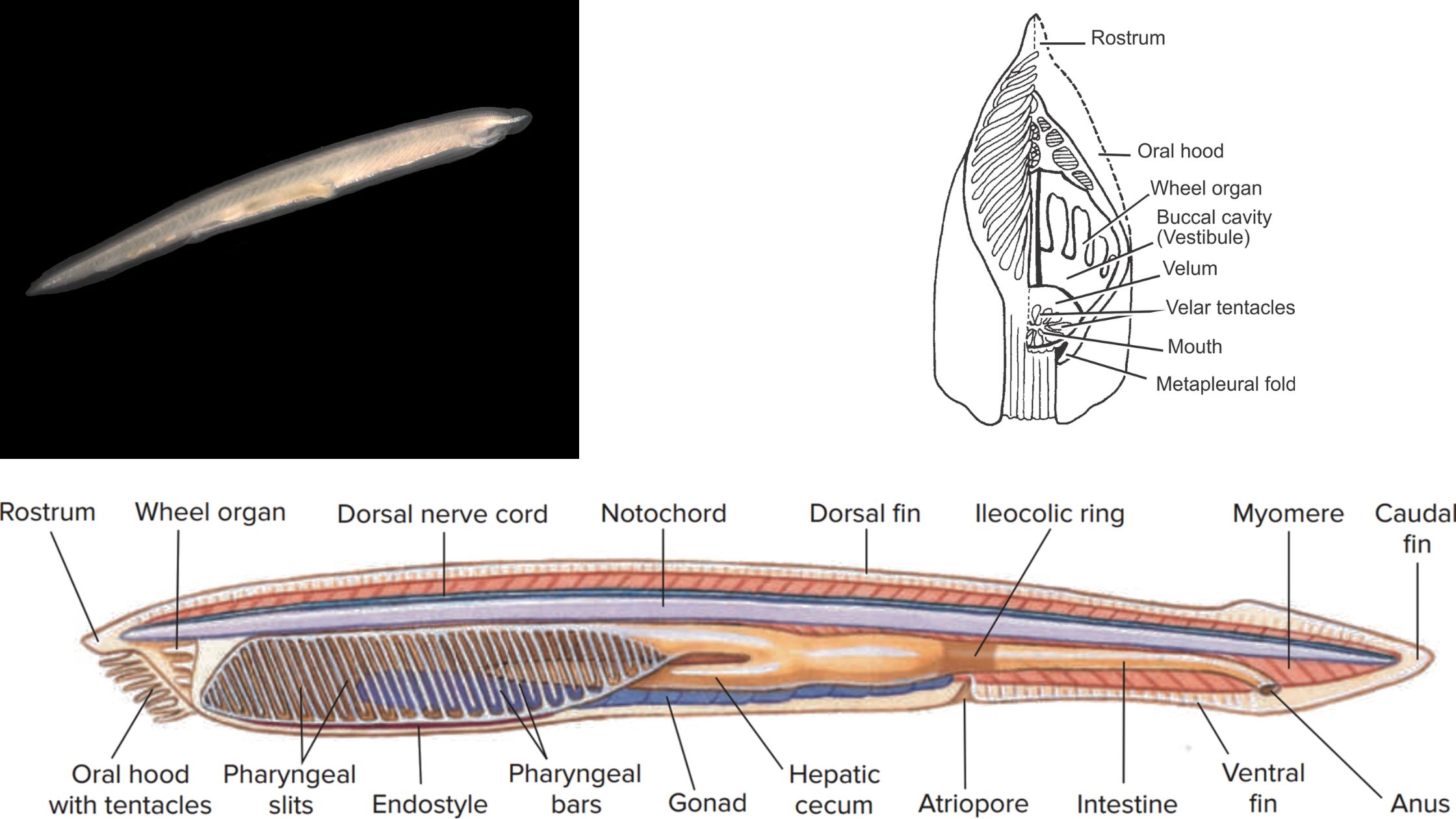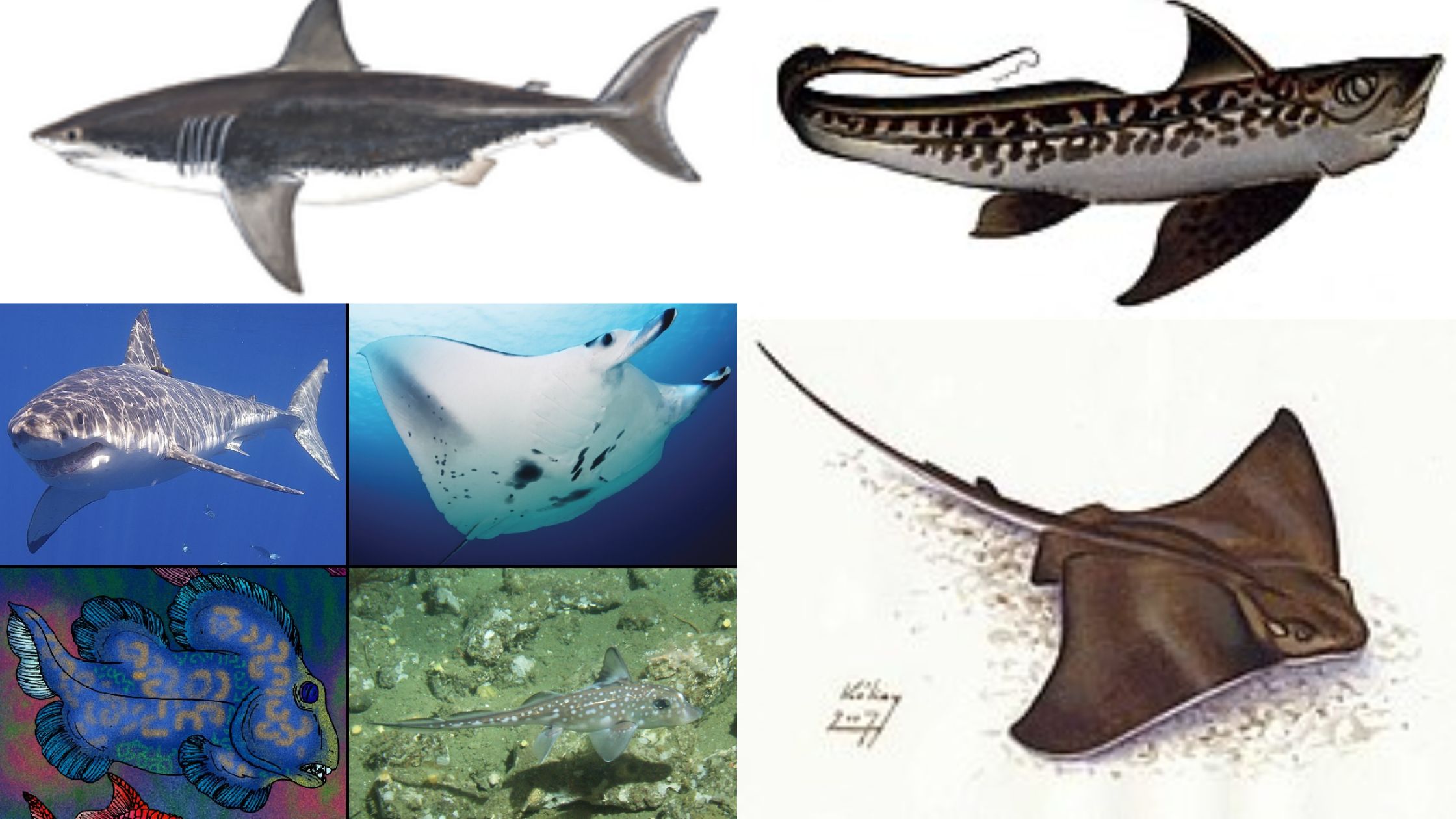Zoogeography – Plate tectonic and Continental drift theory
Continental Drift Theory Different Stages of Continental Drift Theory Different Forces Responsible for Continental Drift Note: It is important to mention that these factors were later found to be insufficient to fully explain continent drifting, which led to criticism of Wegener’s theory. Evidence Supporting Continental Drift Theory Evidence Supporting Continental Drift Theory: Criticisms of Continental … Read more






